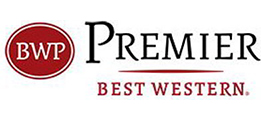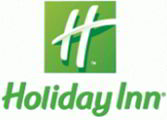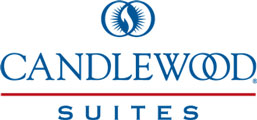RFP Best Practices for Best Results
What are some of the best practices surrounding RFP’s (Requests For Proposal) that will yield results?
These days, there are no official ‘start’ and ‘stop’ dates as it can happen year-round. However, the bulk of negotiations typically take place between August and January so it’s good to be prepared to approach this time with a solid strategy and best practices to ensure positive results.
The following ‘best practices’ will help you make sure you spend your time effectively and with a strong strategy so that you see a return on your investment.
First, let’s dispel a common myth:
Myth: Getting accepted into an RFP program is the finish line. You have succeeded and there is nothing left to do!
Truth: Getting accepted into an RFP program is just the beginning, it is the starting line.
Are you taking a passive approach to RFP’s or are you taking a proactive approach?
BEST PRACTICE: It is important to shift your mindset so that you understand that being accepted into an RFP program is just the beginning of an important relationship-building journey, not the finish line. If you invest more time and energy into being proactive in your involvement you will start to see an increase in room nights and revenue. If you remain passive, you will not see the same return.
A common belief with hotels is that once they are accepted into an RFP program, they don’t really see any immediate results, so they feel it is a waste of time. However, the reality is that there likely many hotels in your market that have also been accepted into the program.
Travel managers that manage National or Global Hotel programs are going to select a certain number of hotels based on the volume in that market. They’re also going to want to make sure of two things:
- They have enough hotels in each city where they have travel
- They’re giving their travelers a wide variety of choice
The first important step after getting accepted into an RFP program is:
Decide How you are going to actively manage that account (Be Proactive) Ask yourself and your team the following questions and investigate with the right contact person:
- How many offices book travel?
- Is there an office in your backyard?
- Who is a person that I can connect to from that office and let them know who I am and what hotel I represent – begin building a relationship? The following is a sample of what you could say:
- “Hi there! My name is ________ from ________ Hotel. We’re thrilled to be preferred in your program and would really love to know more about your role and your involvement in booking hotel rooms and how we can make our hotel your travelers’ home away from home.”
- Then, do they work with a travel agency?
- Do they have an online booking tool, like Concur? If they do, those travelers are going to directly book online within their company – which eliminates the middle person, so, how do you reach those people?
When activating an account, it is like a ‘thousand-piece puzzle’ and you need to continuously look for those pieces and put them in the right place to create the finished result you’re looking for – generating room nights.
For more detailed examples and actions, you can take, as well as what you can do if you are not accepted into an RFP program – listen to our Sales Podcast: Knowing Enough to be Dangerous, RFP Best Practices for Best Results. Tammy Gillis explains:
- How to build relationships.
- Who to build those relationships with.
- How to find out all the information you need to know to have a clear and detailed strategy that results in a positive ROI.
- What you can do to be proactive even if you are not accepted into a program initially.
In summary, getting accepted into a program is the starting line not the finish line. You need to sit down with your team and develop a strategy on how you are going to activate those accounts and share the responsibility of working in them, so they work for you.
The big mistake that many hotels make is they treat the RFP process as a transaction where all you need to do is login to the brand portal and enter a rate. There is a much bigger strategy to it, and you need to establish if there is a good fit – your success relies on how you approach it – as passive, or proactive. This is the difference between being in the driver’s seat and being in control of your destiny versus taking a passive approach and being in the back seat waiting for the business to come.
We wish you much success during this RFP season and encourage you to take a closer look at what is currently working in those programs and what is not working so that you can experience greater success in 2020 with these global accounts.























